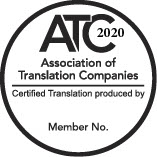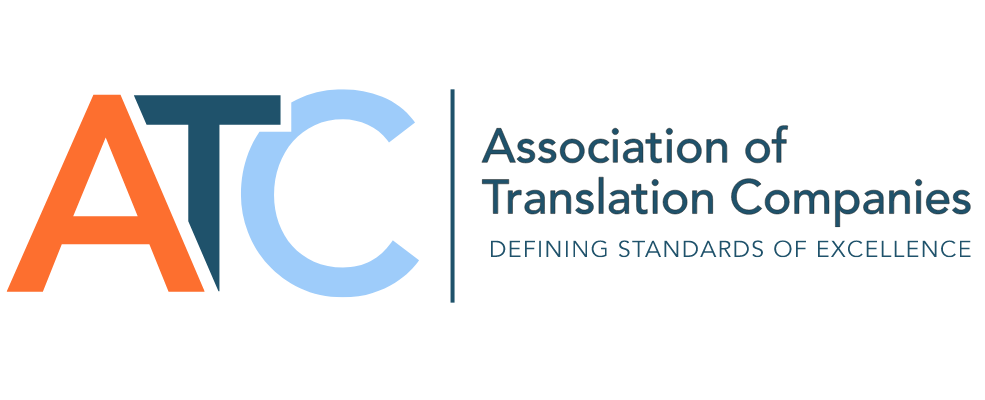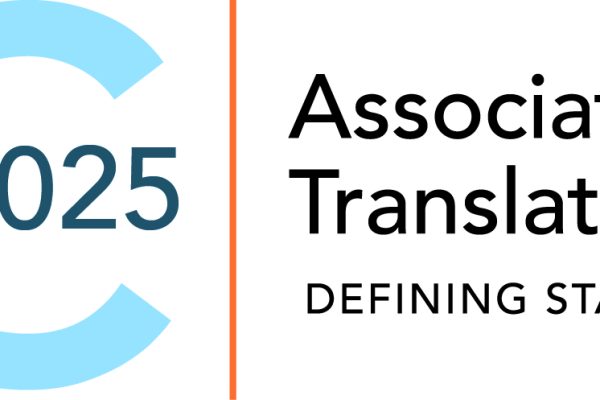ATC Loc Lessons Podcast Down-to-earth conversations with industry voices on the trends shaping translation, localisation…

New research initiated by the ATC highlights the lack of standardisation in how UK public sector organisations accept certified translations, and the diverging practices adopted by producers of certified translations in the UK.
David Gray’s Dissertation from Leeds University’s Applied Translation Studies and Interpreting Masters is the first comprehensive look into the varied practices of certifying translations of civil record certificates, diplomas and documentation used in areas such as legal proceedings.
The Dissertation explores certification practices amongst ATC member companies, and individual translators who are members of professional UK associations. It identifies a distinct need for standardisation of these practices through exposing the vastly divergent criteria within different public sector organisations when accepting translations. This situation is further aggravated by the Government’s website, which makes no mention of the necessity to use a professional service to have a translation accepted by public service authorities.
ATC Guidelines for using the Certification Stamp
One of the main benefits of being an Accredited Member of the ATC is the use of the Certification Stamp. This is used to certify translations submitted to the public sector or other authorities, such as the Home Office. The ATC is now publishing fully revised guidelines on the use of the Certification Stamp, for the benefit of its members, their customers and UK public service authorities.
The ATC’s Certification Stamp is awarded to Accredited ATC Member companies. It carries the member company’s name, membership number and the year. The Certification Stamp assures the receiving authority that the translation has been carried out by a company belonging to a professional industry association, and that the translation is a true and accurate reflection of the original document.
Translations certified with the ATC’s Certification Stamp signal to the recipient that the translation has been carried out by an Accredited Member of the Association of Translation Companies. It demonstrates that the company has passed the ATC’s strict membership vetting process, including checks on financial stability, quality management processes, client and supplier references and also holds suitable professional indemnity insurance.
Accredited ATC Members’ membership can be verified via the ATC’s Membership Checker, available online here.
The new Certification Stamp Guidelines aim to take the first step in standardising practices as called in the research. They set out best practice for certifying translations using the ATC’s Certification Stamp, provide standardised certification templates, and also explain the differences in “certification” used in the UK and overseas.
The ATC’s Vice Chair, Managing Director Dan Peachey from Intonation, says, “These guidelines are vital. I have experienced first-hand how a certified translation has been accepted by a judge, only to be rejected by another, so clarity and a standardised practice is very welcome. We use our ATC Certification Stamp every day of the year.”
The ATC encourages its Accredited Members to share these guidelines with clients and the UK authorities for whom certified translations are submitted. The ATC’s aim is for all UK public service authorities to recognise its Certification Stamp as a mark of a professionally produced translation.


